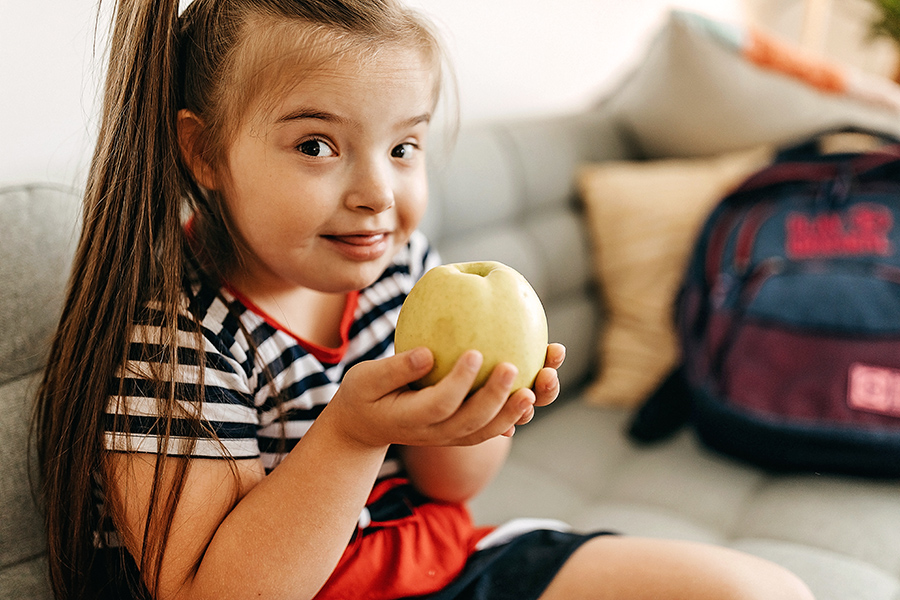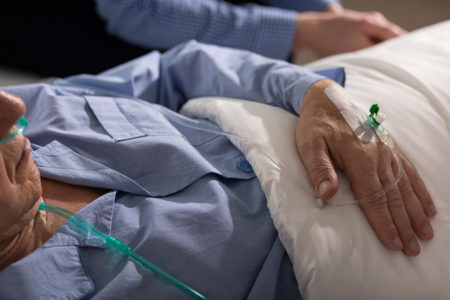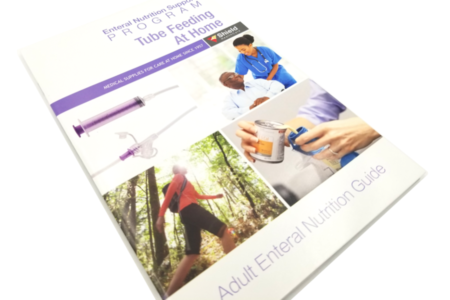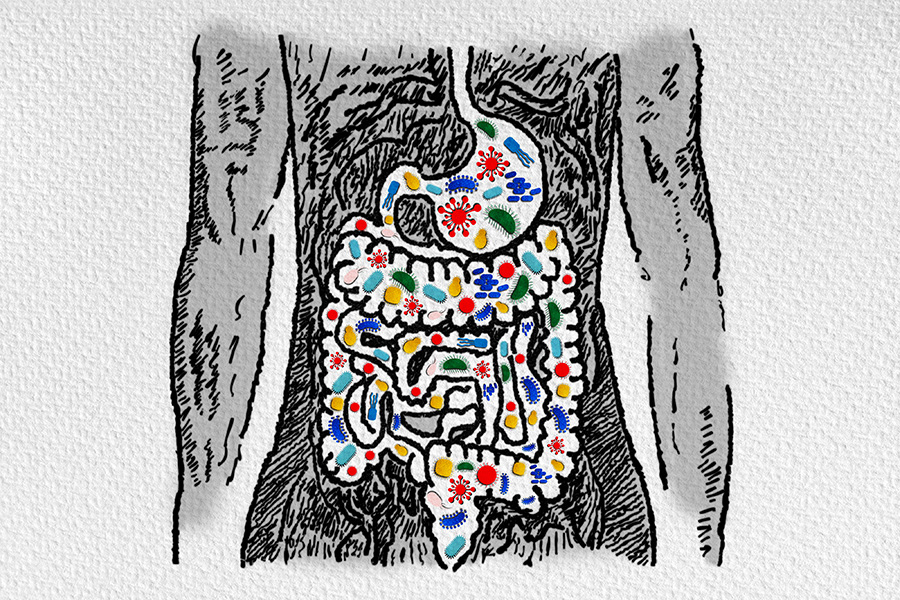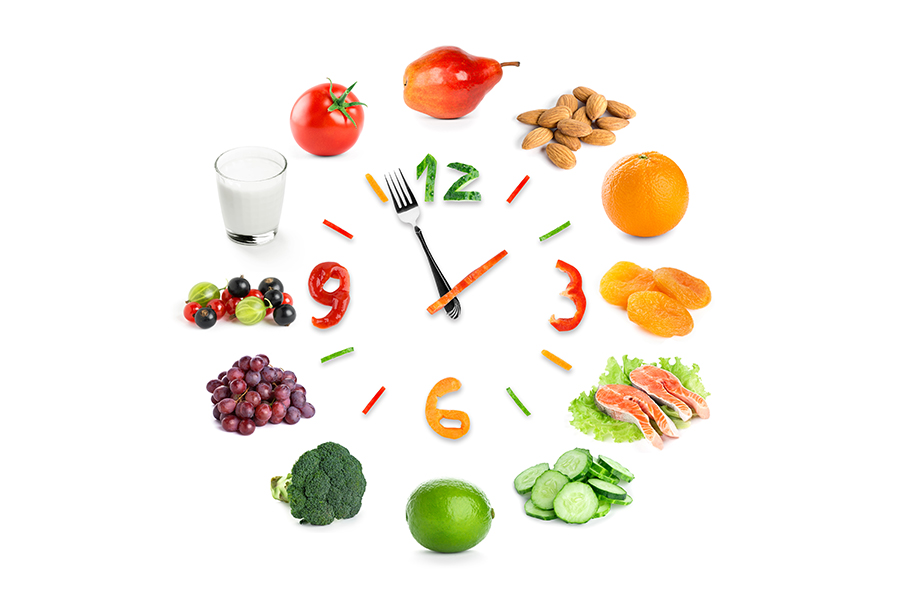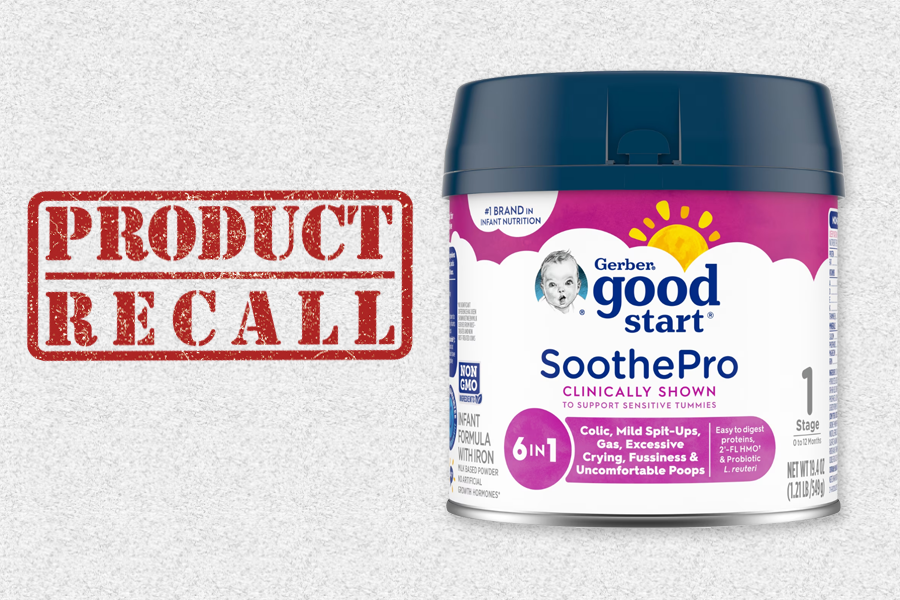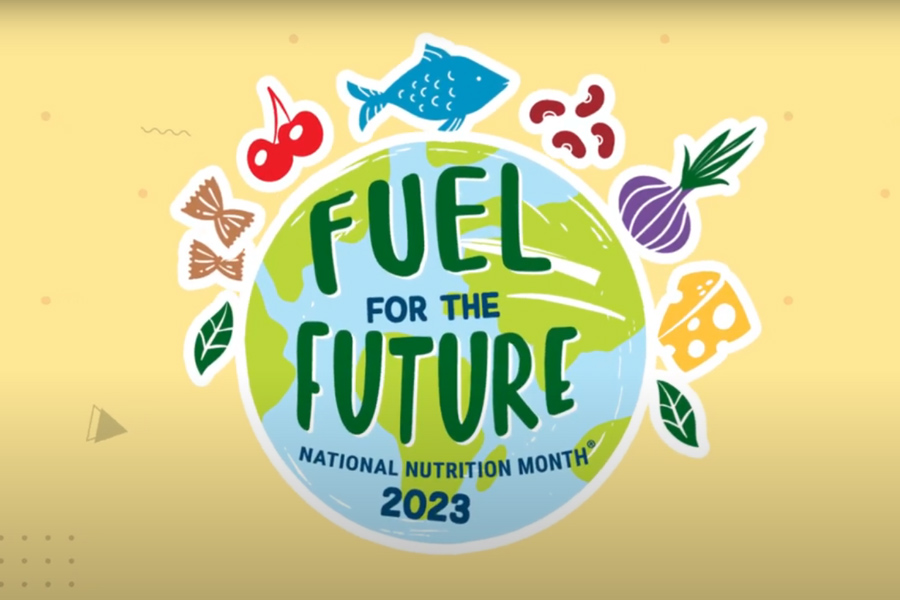Updated October 25, 2018
The elderly are at increased risk for dehydration. Being aware of the risk factors and complications of this dangerous condition is the first step. Recognize the signs and symptoms of dehydration in the elderly and practice strategies to prevent it.
Risk Factors
- >85 years old
- Institutionalization
- Dependence on others for feeding
- Dementia
- Infections
- Chronic conditions
- Medications: diuretics, beta-blockers, ACE inhibitors
- Normal changes of aging: decreased thirst, decrease in total body water
Signs and Symptoms
- Altered mental status
- Dry skin and mucus membranes
- Fever
- Decreased urine output/dark or concentrated urine
- Urinary tract infection
- Muscle weakness
- Poor skin turgor/skin “tenting”
- Severe unintentional weight loss (2% in a week or 5% in a month)
Complications
- Increased falls
- Urinary incontinence
- Renal failure
- Seizures
- Venous thrombosis
- Shock
Prevention Strategies
- Determine fluid needs of at-risk patients and monitor intake
- Obtain fluid preferences (flavor, temperature, straws, etc.)
- Make fluids available and easy to access
- Provide a variety of fluids throughout the day
- Encourage regular fluid intake with “happy hour” or “tea time”
- Offer fluid-rich foods, such as jello or fruit
Reference: Collins M, Claros E. Recognizing the Face of Dehydration. Nursing. 2011;41(8):26-31. Link.
Learn more about seniors and nutrition:
- Healthy Eating for Seniors with No Appetite
- Seniors: Tips to Boost Your Calorie Intake
- Seniors: Stay Healthy and Happy with Good Nutrition
- Tips to Recognize, Treat and Prevent Malnutrition
- Vitamin D and Your Skin
Shield HealthCare | Stronger with Shield














